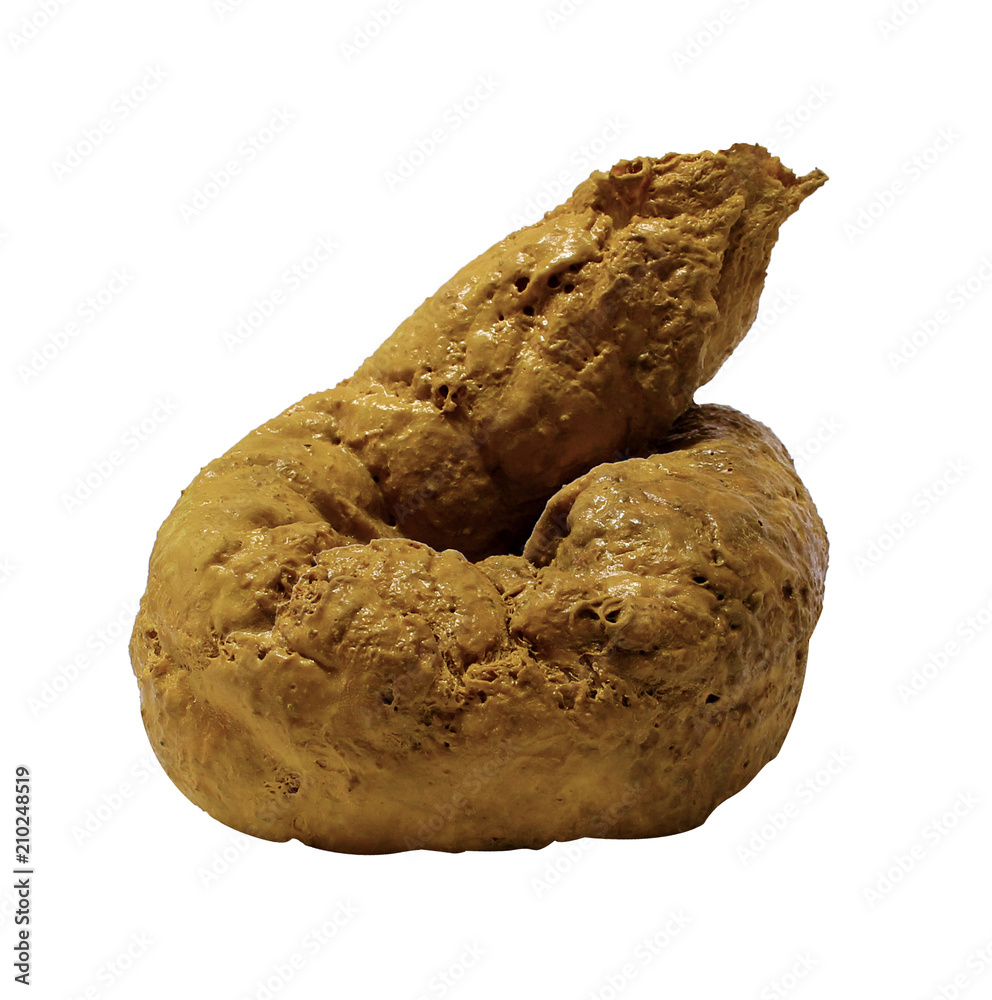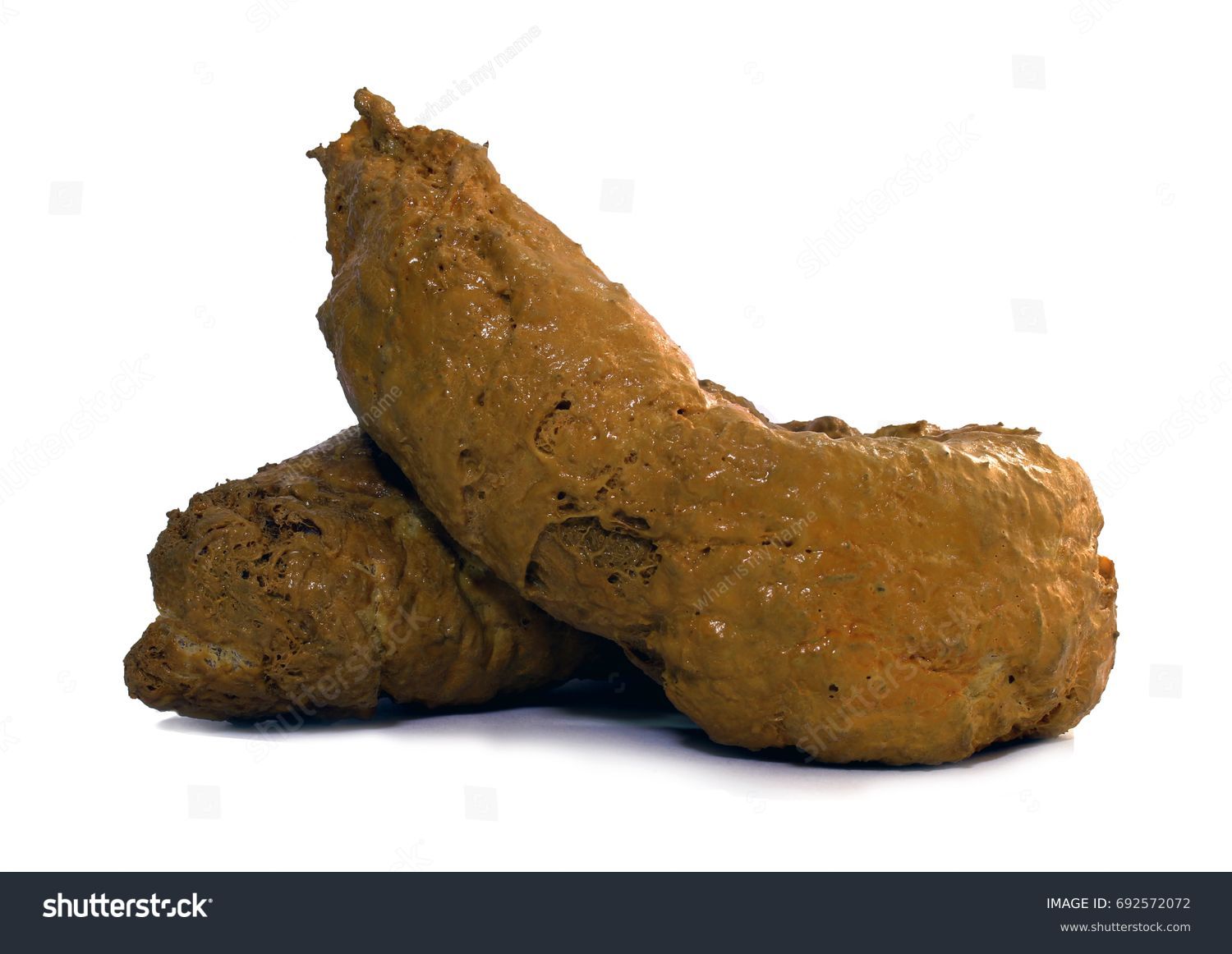Understanding Your Poo Bear: What Healthy Poop Tells You
You know, it's a bit funny, but our bodies really do tell us so much, if we just listen. And when it comes to something like your "poo bear," as we might playfully call it, there's actually a lot of important information packed in there. It's that solid waste from your body, the stuff that leaves you feeling lighter, and it turns out, it’s a pretty good reporter on your inner workings.
Seriously, while it's not the most exciting topic for dinner conversation, the truth is, your bowel movements are a key part of your overall well-being. Knowing what's typical for you and what might signal a change can make a real difference in staying on top of your health. It’s a simple, everyday process, yet it offers quite a window into your gut health, which is, you know, rather important for everything else.
So, let's chat about this often-overlooked aspect of life. We'll explore what healthy poop looks like, what different colors or textures might mean, and why paying a little attention to your daily "deposits" could be one of the easiest ways to check in with your body. It's about getting comfortable with a natural process and using it as a personal health indicator, so to speak.
Table of Contents
- Introduction
- What is a Poo Bear, Anyway?
- The Look of Healthy Poop
- When Your Poo Bear Seems Off
- The Bristol Stool Chart: Your Poo Bear Guide
- Insights from the Experts
- Everyday Poo Bear Moments
- Frequently Asked Questions About Your Poo Bear
- Keeping Your Poo Bear Happy
What is a Poo Bear, Anyway?
Well, to be clear, "poo bear" here is just a fun way to talk about something very normal and natural: your poop. The actual meaning of "poo" is simply feces. It's a common, more informal term for human feces, or faeces as it's often spelled in British English. In medical settings, you'll hear it called "stool" more often, which is just another name for the solid or semisolid remains of food that your body couldn't fully digest. It's what's left over after your digestive system has taken all the good stuff it needs from your food.
You know, you can use "poo" in a sentence quite easily, like, "Make sure the dog doesn't poo everywhere!" or, "Ten minutes after we'd left home, Anna announced that she needed to poo." It’s a word that pretty much everyone understands, and it’s a bit softer than some of the more technical terms, which can be nice. Many words for this bodily function are, in a way, euphemistic or colloquial, or sometimes even both, which just shows how people tend to talk about it.
It's interesting to think about the sheer amount of this stuff our bodies produce. The average person, it turns out, poops out approximately 11,030 kilograms of cumulative waste in a lifetime. That’s a truly staggering figure, almost hard to picture, but to give you a better idea, that’s the equivalent of more than 6 SUVs! It really puts things into perspective, doesn't it? It's a lot of material that your body processes and then gets rid of, which is, you know, a very important part of staying healthy.
The Look of Healthy Poop
So, what exactly does healthy poop look like? While everyone is unique in the size, shape, and even the smell of their poop, there are a few things that tend to indicate a healthy situation. Generally speaking, a healthy stool is something that passes without too much strain, and it should feel like you've completely emptied your bowels. It’s pretty much about consistency and ease, so to speak.
You should be going at least once per day, that’s a pretty good sign. If you go twice, that's even better, as it suggests a very active and efficient digestive system. Just because you have only gone once, or maybe even less frequently, doesn’t automatically mean something is wrong, but it’s a good benchmark to aim for. Your bowel habits can tell you a lot about your gut health, so paying attention to how often you go is a very simple first step.
Color Cues
Oftentimes, that poop is brown, and brown stool is generally considered a normal, healthy stool. The color itself is the result of a pigment called bilirubin. This pigment is created when your liver breaks down red blood cells, which is a constant process in your body. It’s a very natural part of digestion, and the brown color is, in a way, just a sign that everything is working as it should be.
This brown hue is what you typically want to see. It indicates that the bilirubin is being processed correctly and that your digestive system is doing its job. When the color changes, it can sometimes be a signal, but not always a bad one. It's like a little daily report card from your body, telling you how things are going on the inside, which is pretty neat, if you think about it.
Shape and Consistency
Beyond color, the shape and consistency of your stool are also very telling. A stool that is hard, runny, or has an unusual color may indicate something is a little off. Ideally, you’re looking for something that is formed but soft, easy to pass, and not too broken up. It should, you know, hold its shape pretty well.
These are, arguably, some of the top signs of a healthy poop and what’s normal for many people. It’s about finding that happy medium between being too hard and too loose. The texture can really give you a clue about how well your body is absorbing nutrients and how much water you're getting, so it’s something to notice, really.
Frequency Matters
As mentioned, how often you visit the bathroom is a key indicator of digestive wellness. Going at least once per day is a very good sign that your system is moving along nicely. If you find yourself going twice a day, that’s often even better, suggesting a very efficient and regular digestive rhythm. This regular clearing out helps your body get rid of waste materials that it no longer needs, which is pretty important for feeling good.
It’s not just about the number of times, but also the feeling of completion. You should feel like you’ve fully emptied your bowels. If you only go once, or less often, and you still feel like you have to go, that could be a sign of something like constipation. So, it's about the frequency and the quality of the experience, in a way.
When Your Poo Bear Seems Off
A person’s poop can vary depending on their diet, how much water they’re drinking, and their general health status. So, it’s not unusual for things to change a little from day to day. However, sometimes changes in your stool can point to something that needs a bit more attention. It’s about knowing what’s typical for you, and then noticing when things deviate from that, you know?
From constipation, where things are hard to pass, to seeing blood or mucus in your poo, your bowel habits can indicate a lot about your gut health. These are the kinds of changes that might prompt a closer look, just to make sure everything is alright. It's a system that, quite simply, provides a lot of feedback.
Different Colors, Different Meanings
While brown is the usual color, other colors can pop up. Some of the causes for unusual colors are pretty harmless, like eating colored foods. For example, if you eat a lot of beets, you might see a reddish tint, or very dark green leafy vegetables might make your stool look a bit greener. Taking certain medications can also change the color, which is, you know, something your doctor might even warn you about.
However, other color changes may be due to potentially serious causes. For instance, very dark, tarry-looking stool could suggest internal bleeding higher up in the digestive tract. Or, very pale, clay-colored stool might indicate issues with your liver or bile ducts. These are the kinds of changes that definitely warrant a conversation with a healthcare professional, just to be on the safe side, really.
Texture Troubles
The texture is another big clue. A stool that is hard and lumpy, for instance, often points to constipation. This happens when the stool moves too slowly through the digestive system, allowing too much water to be absorbed, making it difficult to pass. On the other hand, if your stool is very runny, almost liquid, that’s diarrhea, and it means things are moving too quickly, with not enough water being absorbed. These extremes can be uncomfortable and signal that your digestive system is, in a way, out of balance.
You might also notice things like mucus or blood. Mucus can sometimes be normal in small amounts, but a lot of it, or if it's accompanied by other symptoms, could suggest inflammation. Blood, whether bright red or dark and tarry, is almost always a sign that you should talk to a doctor, as it can indicate various issues, some of which are pretty serious. So, it’s about noticing those little details, isn't it?
What Causes Changes?
As we’ve touched on, diet is a huge factor in what your poop looks like. Eating foods that are high in fiber generally helps keep things moving smoothly, while a diet low in fiber can contribute to constipation. How much water you drink also plays a very big role; being well-hydrated helps keep your stool soft and easy to pass. So, what you put into your body directly affects what comes out, which is pretty logical, really.
Your overall health status can also affect your bowel movements. Conditions that affect the digestive system, like irritable bowel syndrome or inflammatory bowel disease, can cause significant changes in frequency, consistency, and even color. Stress, travel, and changes in routine can also temporarily alter your habits. It’s a complex system, and many things can influence it, you know?
The Bristol Stool Chart: Your Poo Bear Guide
To help people understand and talk about their poop, doctors in the Bristol Royal Infirmary, England, devised a very helpful tool: the Bristol Stool Chart. This chart is based on the bowel movements of nearly 2,000 people, so it's a pretty comprehensive guide. It characterizes the different types of stool, making it easier to describe what you're seeing to a doctor or just to yourself.
The Bristol Stool Chart breaks down every form of stool, from hard and lumpy to fuzzy and soft. It categorizes poop into seven types, with Type 3 and Type 4 generally considered ideal. Type 1 is like separate hard lumps, which is a sign of severe constipation. Type 7 is entirely liquid, indicating diarrhea. Learning about this chart is a simple way to check if your poop is healthy, giving you a visual reference for what’s normal and what might be a cause for concern. It’s a very practical tool for, you know, monitoring your digestive health.
This gallery, if you will, of various poop types is showcased for educational purposes. It really helps to raise awareness about digestive health by giving people a common language to discuss these things. The images in this gallery, or rather, the descriptions, are selected to be clear and helpful, making it less awkward to talk about something so fundamental to our health. You can find many versions of this chart online, which is pretty convenient.
Insights from the Experts
Though it's not fun to talk about, this is what gastroenterologists, who are doctors specializing in the digestive system, want you to know about your bowel movements. They emphasize that your poop is a very powerful indicator of your gut health. Dr. Rhianna McClymont, who is a lead GP at Livi, shares her insights on what is considered healthy and what signs to look out for. Her perspective, and that of other experts, really highlights the importance of this daily bodily function.
They often stress that paying attention to changes can help catch potential issues early. For instance, persistent constipation or diarrhea, or noticing blood, should prompt a visit to a doctor. They want people to feel comfortable discussing these things, because, quite simply, it’s a vital part of preventative care. It's about being proactive with your health, which is, you know, always a good idea.
These are, arguably, some of the top signs of a healthy poop and what’s normal, as shared by medical professionals. They look at the whole picture: frequency, consistency, color, and ease of passage. It's not just about one thing, but how all these elements combine to give a picture of your digestive well-being. So, listening to what your body tells you through your "poo bear" is, in fact, pretty much what the experts recommend.
Everyday Poo Bear Moments
It’s a part of daily life for everyone, from the smallest children to adults. Think about it: ten minutes after we'd left home, Anna announced that she needed to poo. This shows how sudden and necessary these urges can be, and how they fit into our everyday routines. It's a natural call from the body that, you know, just has to be answered.
And it's not just humans! We even talk about it with our pets, like, "Make sure the dog doesn't poo everywhere!" This just reinforces that it's a universal biological process. Understanding these everyday moments and what they mean, even for our furry friends, helps normalize the conversation around bowel movements. It makes it less of a taboo topic and more of a normal bodily function, which is pretty much what it is.
These kinds of observations, while seemingly small, contribute to a broader awareness about digestive health. They remind us that this process is constant and, in a way, a fundamental part of being alive. So, whether it’s a quick trip to the bathroom or a moment of concern, your "poo bear" is always there, doing its thing, and offering clues about your health.
Frequently Asked Questions About Your Poo Bear
What is the ideal frequency for bowel movements?
You should be going at least once per day, and if you go twice, that's often even better. The key is regularity and feeling like you've completely emptied your bowels. It varies a little from person to person, but a consistent daily rhythm is generally a good sign.
What does the color of my poop tell me?
Oftentimes, brown stool is considered normal and healthy, due to a pigment called bilirubin. Other colors, like very dark or tarry, or very pale, could indicate more serious issues, while some color changes are harmless, like from eating colored foods or taking certain medications. It’s always good to pay attention to persistent changes.
How can I check if my poop is healthy?
A great way to check is by using the Bristol Stool Chart, which breaks down every form of stool from hard and lumpy to fuzzy and soft. You can also pay attention to frequency, ease of passage, and any unusual smells. If you have concerns, it's always best to talk to a healthcare professional.
Keeping Your Poo Bear Happy
So, understanding your "poo bear" is really about listening to your body. It's a simple, yet powerful, way to keep tabs on your digestive health. Your diet, how much water you drink, and your overall health status all play a part in what your stool looks like and how often you go. Paying attention to these signals can help you maintain good gut health, which, you know, affects your whole body.
By being aware of what’s normal for you, and recognizing when things seem a little off, you’re taking a very active role in your own well-being. Whether it's a change in color, texture,

poop isolated on white background, poo isolated on white background

7,239 Pile of poop Images, Stock Photos & Vectors | Shutterstock

Anyone else get fluffy poo ?? : poop